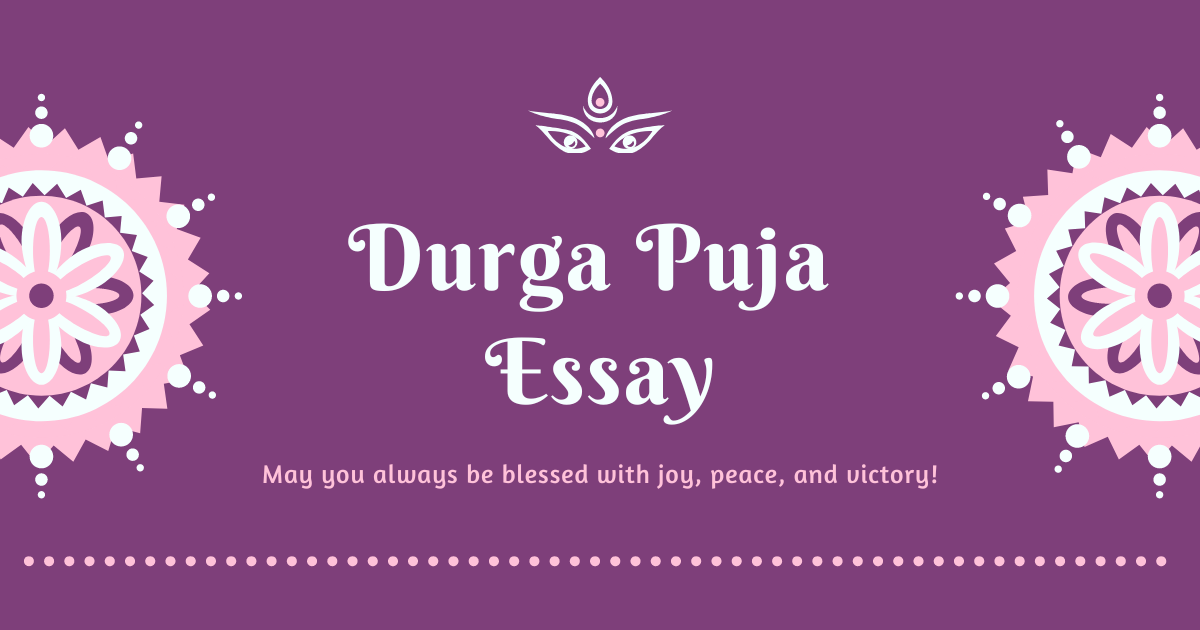Durga Puja is a major Hindu festival celebrated annually in India and around the world. This comprehensive essay on Durga Puja explores the religious and cultural significance of the festival, its rituals, and the way it is celebrated. The essay delves into the ten-day celebration, including the Mahalaya and the elaborate pujas performed in pandals. It also highlights the cultural events, feasting, and festive atmosphere that make Durga Puja a special time of the year. Get a deeper understanding of this vibrant festival and its importance to the Hindu community with this informative essay on Durga Puja.
Durga Puja is one of the most significant and widely celebrated Hindu festivals in India and around the world. It is a ten-day festival that marks the victory of Goddess Durga over the demon king, Mahishasura. The festival is celebrated every year during the Hindu month of Ashwin (September/October) and is considered the most important festival for the Bengali community. The celebration involves traditional worship, elaborate pujas, feasts, and cultural events.
The festival starts with the Mahalaya, which marks the arrival of Durga in her mother’s home. During the festival, beautifully crafted and decorated idols of the Goddess are worshipped in pandals (temporary shelters) erected in homes, communities, and public places. The idols of Durga are accompanied by those of her children – Ganesha, Kartikeya, Lakshmi, and Saraswati. People flock to these pandals to offer prayers and seek blessings from the deity.
Incense sticks are lit, hymns and mantras are spoken, and flowers, sweets, and other offerings are presented as part of the puja rites. Priests conduct pujas, invoking the blessings of the deity through the recitation of sacred scriptures and the performance of traditional rituals. Following the pujas comes aarti, a Hindu ceremony in which a lit lamp is passed around in front of the deity and its worshippers to represent the dispelling of ignorance and darkness.
In addition to the religious aspects, Durga Puja is also celebrated with great fanfare and cultural events. There are cultural programs such as music, dance, and drama performances that are held in different parts of the city. People dress up in traditional attire and visit pandals to enjoy the colorful and festive atmosphere. The city is adorned with bright lights and decorations, creating a vibrant and lively ambiance.
Durga Puja also marks the beginning of the harvest season and is seen as a time of celebration and feasting. The festival brings people from different walks of life together, fostering a sense of unity and togetherness. Friends and family members gather together to participate in the celebration and relish the delicious traditional foods that are prepared for the festival.
In conclusion, Durga Puja is a festival of great cultural and religious significance for the Hindu community. It is a time of worship, celebration, and bonding with family and friends. The festival continues to evolve with time, embracing new cultural elements and incorporating innovative rituals, yet retaining its traditional roots. Despite the challenges posed by the COVID-19 pandemic, the spirit of Durga Puja lives on and brings joy, hope, and positivity to people’s lives.

